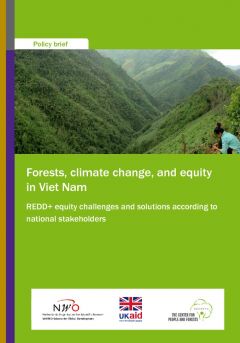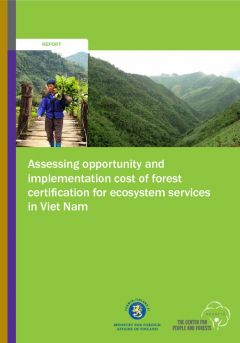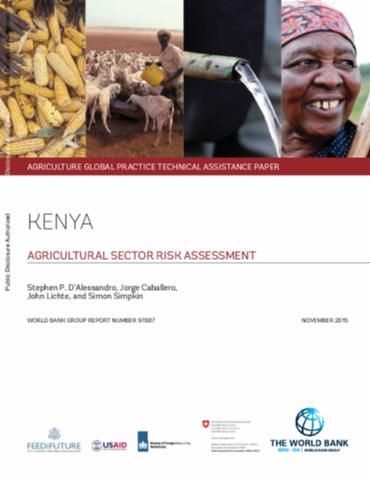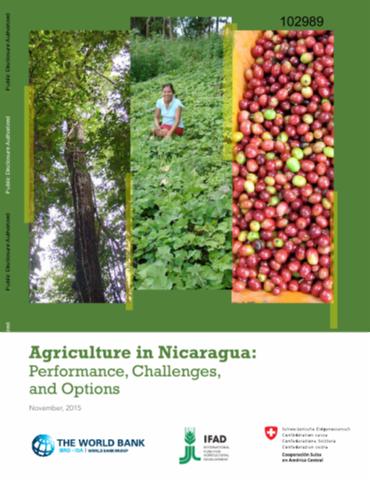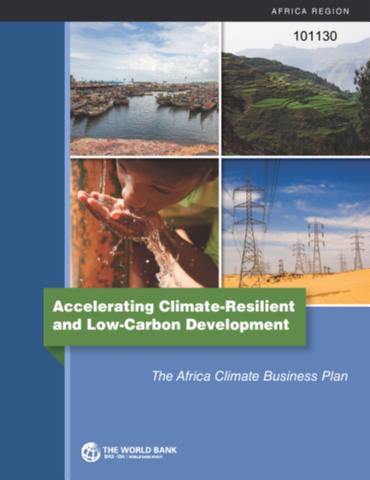Appropriate Small-scale Forest Harvesting Technologies for Southeast Asia: Log Chutes
Wooden chutes for big, heavy timber built with round logs can provide permanent transportation solutions. However, their use in tropical natural forests cannot be generally recommended due to the fact that their construction needs specially trained labor and that extractable volumes are often very low, in most cases not exceeding 20-30 meter (m)3 per harvest cycle.


